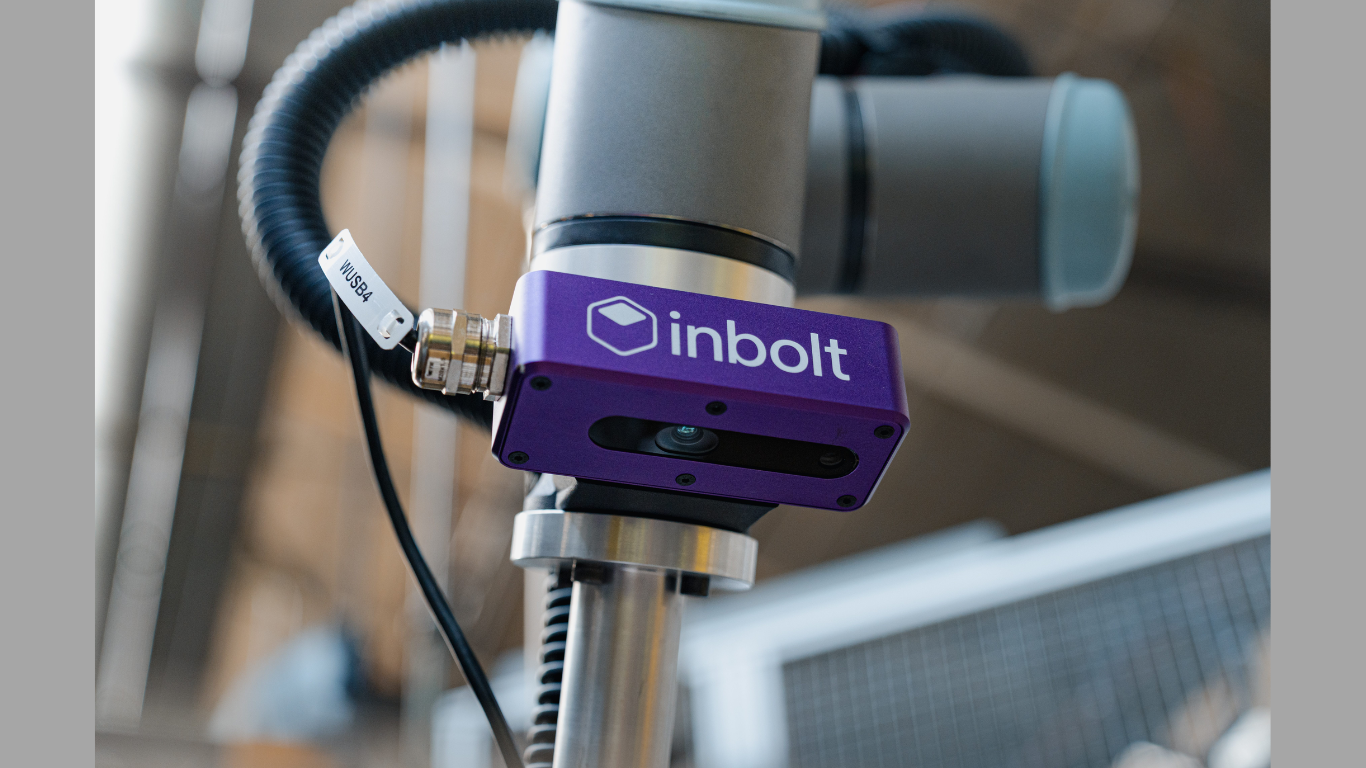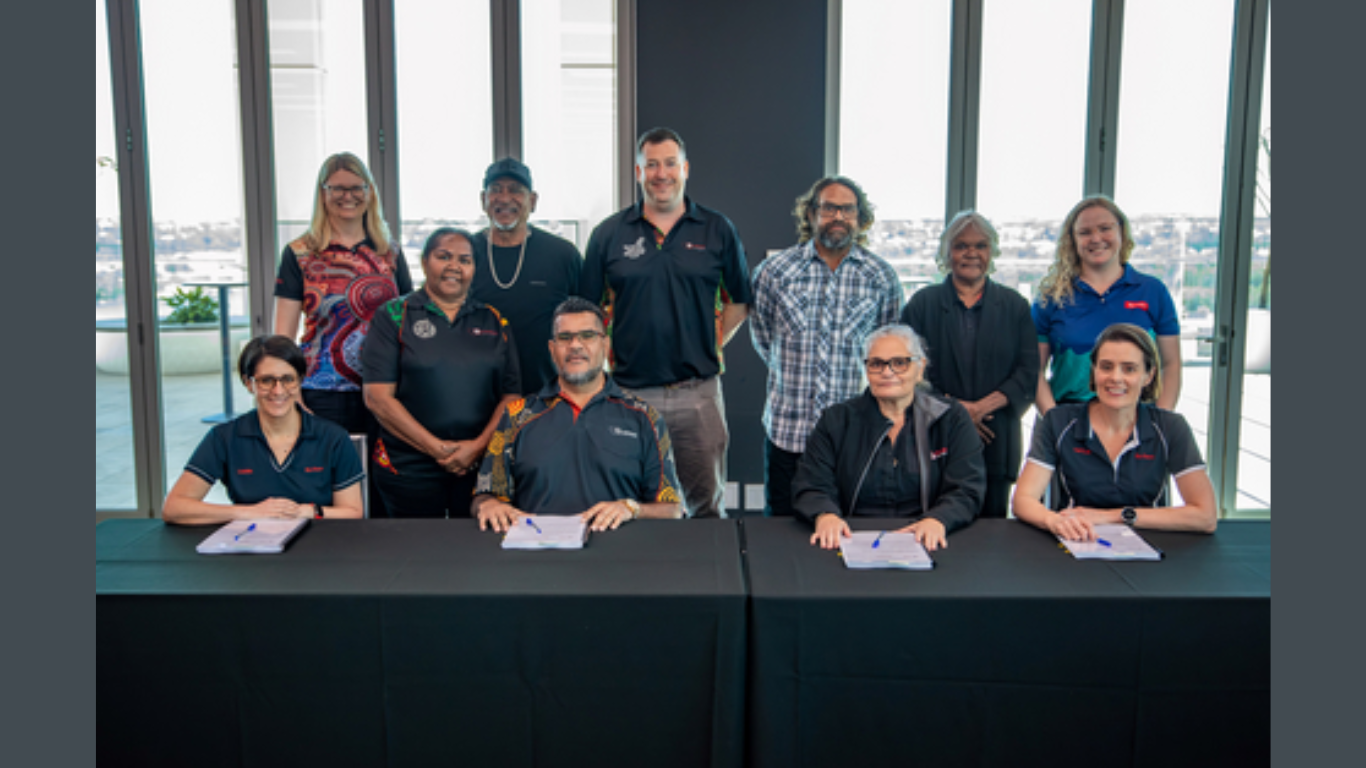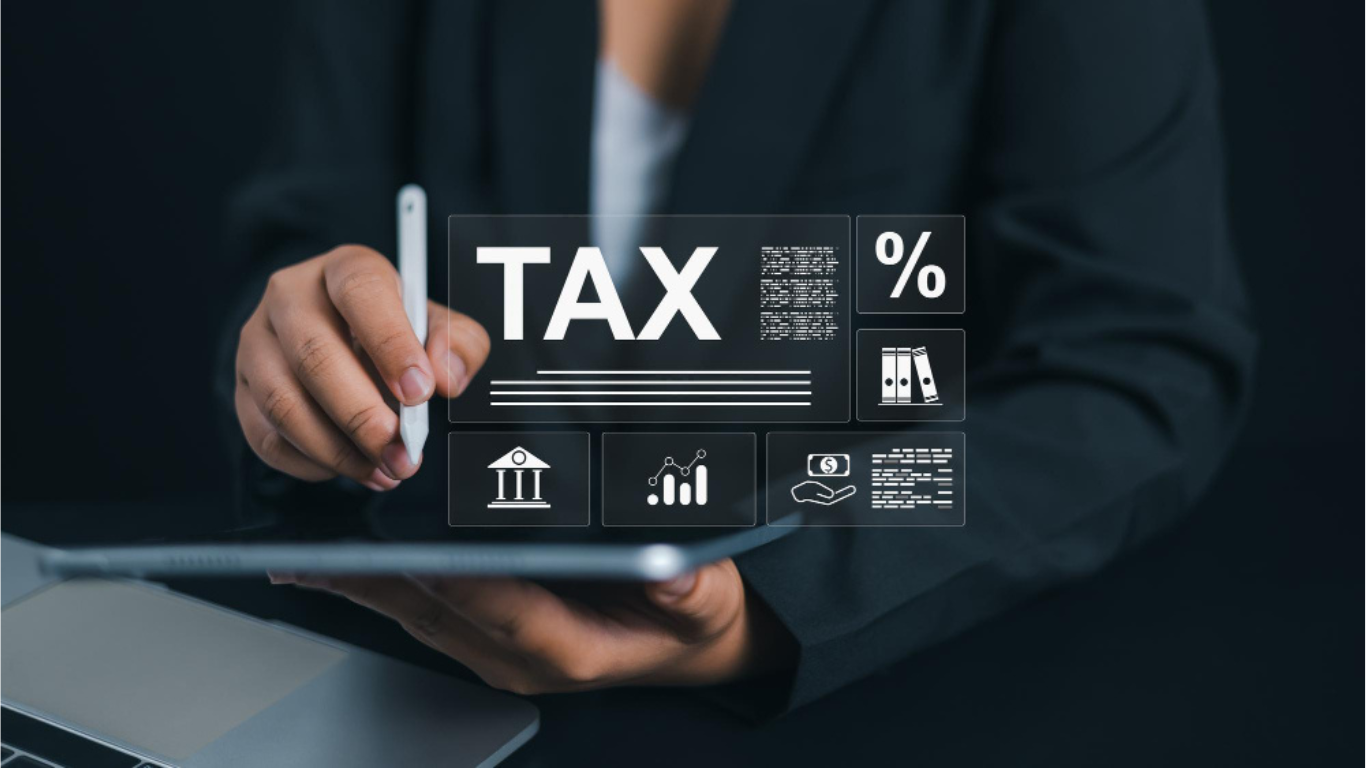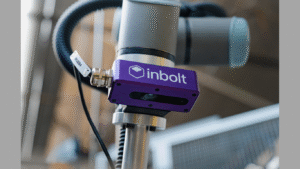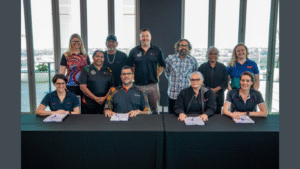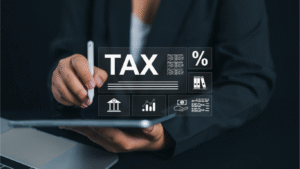Financial forecasting shapes the way organizations prepare for what’s ahead, assisting with planning, budgeting, and decision-making. Instead of treating it as a task done in isolation, strong forecasting connects with the company’s purpose and long-term goals.
Today’s business environment brings shifting market conditions, evolving customer habits, and rapid changes in technology. When leaders combine data with a clear plan, the results tend to be more relevant.
Clear Vision for Forecasting Priorities
Every forecast begins with understanding what matters most to the organization. When leadership defines those priorities, forecasting teams can work with a clear direction instead of getting caught up in irrelevant details. This clarity means each projection is created with purpose and aligned to where the company wants to go.
Leadership plays a central part in keeping forecasting priorities clear and consistent. In many organizations, the role is now broader than simply setting direction. Leaders are often involved in reviewing data, understanding market signals, and working closely with different teams to connect insights into one clear strategy. This active involvement helps make forecasting a more collaborative process where each department’s input contributes to a more accurate and useful outcome.
Given this, most professionals in higher-level positions are seeking to sharpen their leadership acumen through advanced degrees. For instance, a business management and leadership degree instills skills and capabilities that help analyze data, interpret market trends, and evaluate different scenarios effectively. Look up master’s in business management and leadership to learn more.
Linking Forecasts to Operations
Forecasts have the most impact when they reflect what the organization can actually deliver, for instance, taking into account staffing levels, production capacity, supply chains, and available resources. Numbers that are tied to operational limits are far more useful than projections that overlook such factors.
Collaboration between forecasting and operations teams supports this connection. When those responsible for projections understand day-to-day capabilities, they can set targets that are realistic and achievable.
Visualizing Data for Clear Insights
Data becomes more usable when it is presented in a way that’s easy to understand at a glance. Visualization tools turn complex information into clear visuals such as charts, graphs, and dashboards. These formats make it simpler to spot trends, changes, and potential challenges.
Well-presented visuals also help with communication across departments. Stakeholders who may not be involved in financial analysis can still grasp the meaning of the forecast when it’s shown clearly.
Using History for Future Projections
Past performance provides valuable context for forecasting. Looking at historical sales cycles, seasonal shifts, and performance trends allows teams to see patterns that may continue in the future. It also offers a baseline for comparing current results.
When historical information is reviewed alongside present-day market conditions, forecasts become more grounded.
Including Customer Behavior
Customer behavior can reveal a lot about how future revenue might look. Tracking buying habits, repeat purchases, and seasonal shifts helps connect forecasts to actual market activity.
Behavior data can also guide timing for promotions or product launches. When the forecasting process includes this information, teams can align their plans with periods of high interest. The result is a revenue projection that reflects what customers are likely to do.
Embedding Market Research
Understanding competitor moves, industry shifts, and overall economic conditions adds depth to the numbers. It also helps spot opportunities or challenges that internal data alone might miss.
Integrating this information into projections gives decision-makers a broader view. They can see how their operations fit within the larger market and make adjustments as needed.
Blending Quantitative and Qualitative Inputs
Numbers tell part of the story, but team insights add context. Forecasting can benefit from combining hard data with feedback from people who see trends developing in their departments. This could include sales staff noticing shifts in customer preferences or operations managers spotting changes in supply timelines.
Including such perspectives helps shape a forecast that is both data-driven and informed by real-world experience.
When leaders provide clear vision, link projections to operations, and integrate both data and insight, the results are far more useful. Every effort adds to the quality of the forecast and helps businesses prepare with confidence.
Article received via mail



